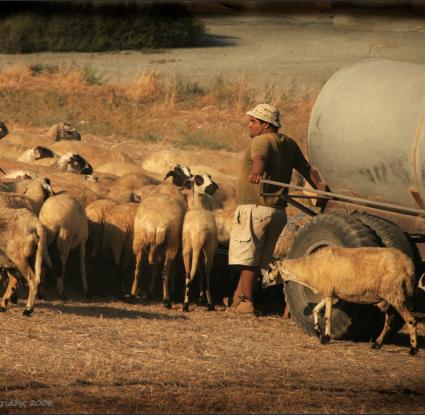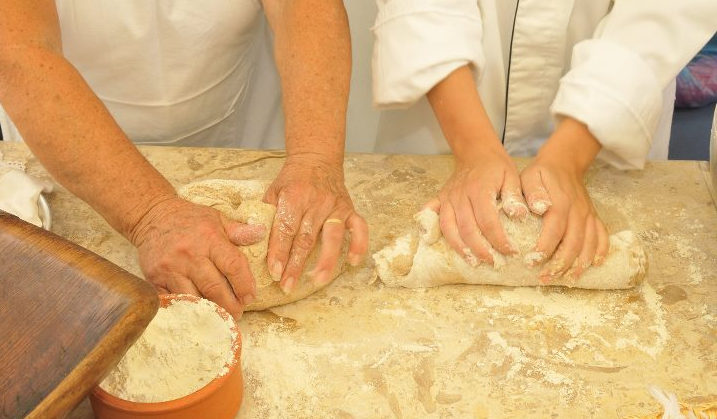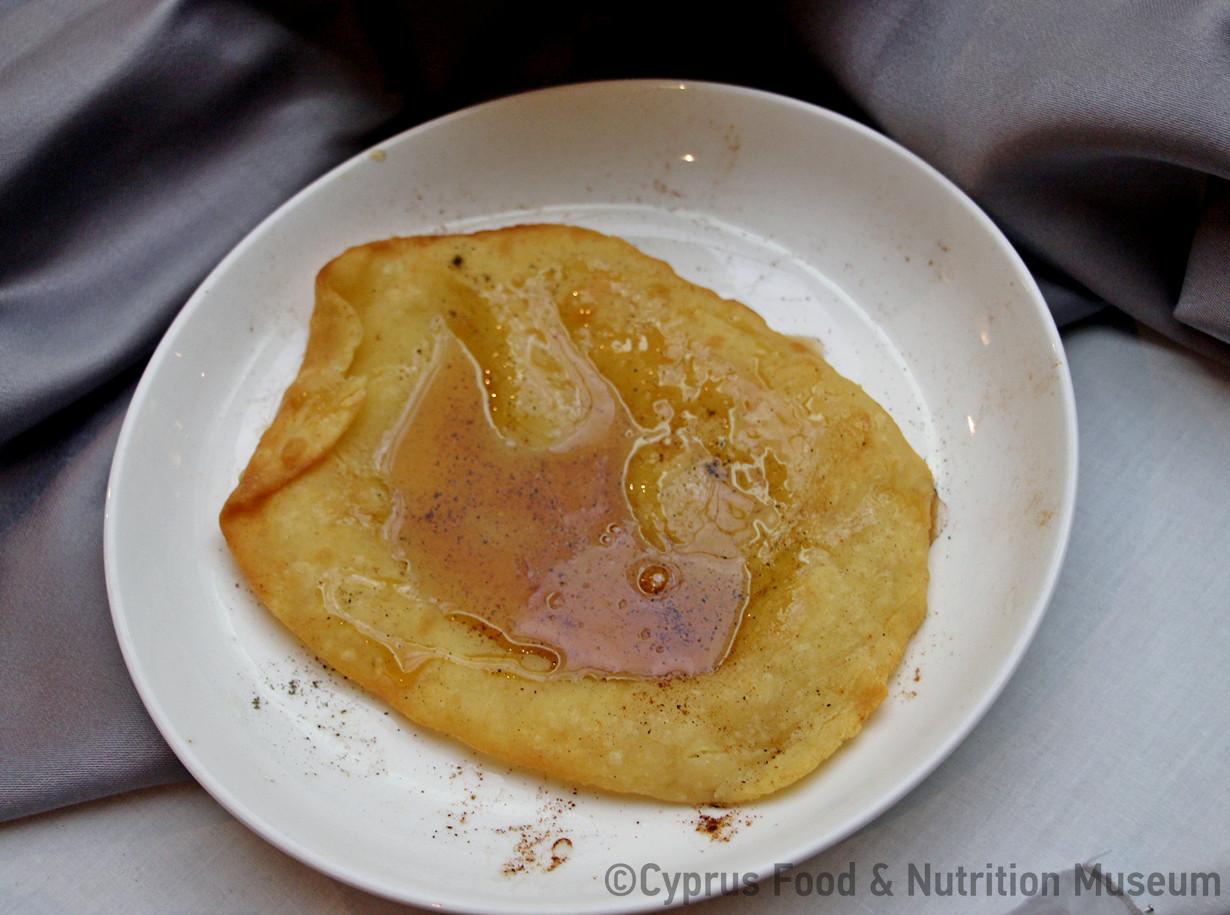The fat obtained from the thick and long tail of Cypriot sheep.
Name - Origin
The fat obtained from the tail of the sheep (Petrou-Poeitou 2013, entry βάκλα, 30). One of the main characteristics of the vast majority of Cypriot sheep is their thick and long tail, the vakla, and in particular of the males and especially of the breeding sheep for slaughter, which are usually bred individually in farms and orchards. It would not be an exaggeration to say that this fatty tail of Cypriot sheep accounts for as much as one-seventh to one-fifth of the total weight of the animal (Xioutas 1978, 114).
In Cyprus, the tail of the sheep is called vakla or vaklin. For this reason, Cypriot sheep are also called thick-tailed. The animal with a thick tail was called a vakletin (Petrou-Poeitou 2013, entry Βάκλα, 30).
Xenophon P. Pharmakidis notes in his Glossary that the vakla is the long stick with which farmers throw carob or olives from the trees. Moreover, the name of the tail of a sheep is also called vakla and sub. vaklouda or vaklin (Kypri 1983 [2003²], βάκλα,η, 9).
The Cypriots used to eat the fatty tissue of the sheep's tail and considered it to be a very tasty meze. The addition of vakla was considered essential to give foods such as yahhi and kaourmas an irresistible taste and to 'lick your fingers'. However, vakla is best known for its use in the preparation of pork souvlaki, where a piece of fat from the sheep's tail was added to the spit with each piece of lean meat. It was a common belief that without the vakla, tasty souvlaki could not be prepared: 'vakla on charcoal is a "sweet" meze, and without the vakla, souvlaki cannot be made'. Liquefied vakla was sometimes added to pork fat in order to make the final product fluffier (Xioutas 1978, 114).
Additional information and bibliography
Yangoullis K. G. (2009), Thesaurus of the Cypriot Dialect. Interpretative, Etymological, Phraseological and Nomenclatural Dictionary of the Medieval and Modern Cypriot Dialect, Library of Cypriot Folk Poets,70, Theopress Publications, Nicosia.
Kypri Th. D. (ed.) (1983 [2003²]), Materials for the compilation of a historical dictionary of the Cypriot dialect, Part B, Glossary of Xenophontos P. Pharmakidou, Publications of the Centre for Scientific Research, IX, Nicosia
Kypri Th. D. (ed.) (1989), Materials for the compilation of a historical dictionary of the Cypriot dialect, Part C, Glossary of Ioannou Erotokritos, Publications of the Centre for Scientific Research, XIV, Nicosia.
Xioutas P. (1978), Cypriot animal folklore, Publications of the Centre for Scientific Research, XXXVIII, Nicosia.
Petrou-Poeitou E. (2013), Where do they come from. Words and stories from the world of taste, Epifanios Publications, Nicosia.
Dimitra Demetriou, Tonia Ioakim, Antonia Matala / Petroulla Hadjittofi, Argyro Xenophontos




